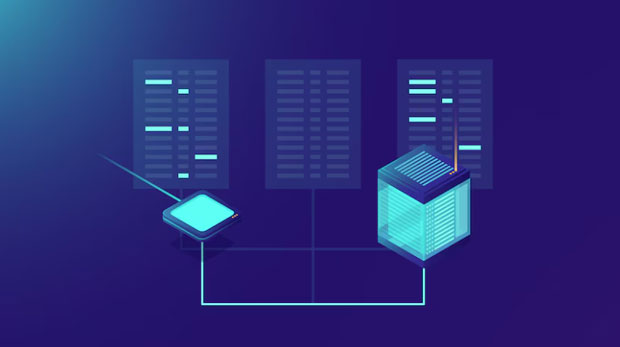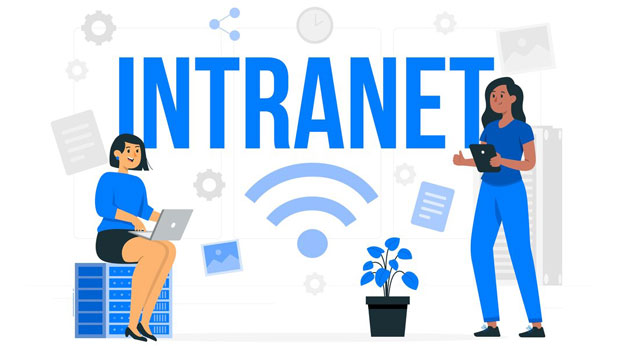The safety of using VPNs (Virtual Private Networks) to bypass restrictions on websites is a highly debated topic. VPNs promise to protect users' privacy by masking their IP addresses and encrypting their internet traffic. However, with growing concerns about data privacy, cybersecurity, and legal issues, it is essential to understand the risks and advantages involved. This article explores the nuances of using VPNs to access restricted websites, providing an in-depth analysis of its safety, benefits, and potential risks. Understanding VPN TechnologyBefore delving into the safety concerns of using VPNs, it's important to understand how VPN technology works. A VPN creates a secure tunnel between the user and the internet, routing the internet traffic through an encrypted server. By doing so, the VPN hides the user's real IP address and provides a level of anonymity. This helps users to access geographically restricted content and protects them from potential hackers on public Wi-Fi networks. VPNs are particularly popular among those who wish to access content not available in their region or to enhance their online privacy.The Advantages of Using a VPN1. Enhanced Privacy and Anonymity:One of the most significant advantages of using a VPN is the increased privacy it offers. By masking the user's IP address, a VPN makes it difficult for third parties, such as advertisers or hackers, to track online activities. This is especially important for individuals concerned about their digital footprint and those living in regions with government surveillance.2. Secure Online Transactions:When users connect to public Wi-Fi networks, they risk exposing their sensitive data to cybercriminals. VPNs encrypt the internet traffic, providing a layer of security and ensuring that personal information, such as bank details, remains safe during online transactions.3. Access to Restricted Content:A VPN allows users to bypass geographical restrictions and access content that may be blocked in their region. This is particularly useful for streaming services, social media platforms, and websites with region-specific access limitations. 4. Protection from DDoS Attacks:A VPN can protect users from Distributed Denial of Service (DDoS) attacks, which are designed to overwhelm a user’s internet connection. By masking the user’s real IP address, VPNs can help mitigate these types of cyberattacks.Potential Risks of Using a VPNWhile VPNs offer several benefits, there are also inherent risks associated with using them to access unrestricted websites. Here are some potential downsides to consider:1. False Sense of Security:Despite providing encryption and anonymity, VPNs cannot guarantee 100% security. Some VPN providers may have weak encryption methods or may not follow strict privacy protocols, leaving users vulnerable to data breaches. Additionally, certain VPNs may log user activity, compromising the very privacy they promise to protect.2. Legal and Ethical Concerns:Using a VPN to bypass restrictions set by governments or corporations can sometimes be illegal or violate the terms of service of certain websites. While a VPN may offer anonymity, users should be aware that their actions may still be tracked, and in some jurisdictions, accessing restricted content may have legal consequences.3. Security Vulnerabilities:Not all VPNs are created equal. Free VPN services, in particular, may not provide adequate encryption or could even be malicious in nature. Some free VPN services may sell user data to third parties, undermining the purpose of using a VPN in the first place. Additionally, weak VPN protocols or misconfigured servers may introduce security vulnerabilities, leaving users open to cyberattacks.4. Impact on Internet Speed:VPNs can affect internet speed because they route traffic through an external server, which may increase latency. This can result in slower download speeds, buffering, and decreased quality for activities like video streaming or online gaming. Choosing a reputable VPN provider with high-speed servers can help mitigate this issue, but users should be aware of the potential trade-off.Is It Safe to Use a VPN for Unrestricted Website Access? Key ConsiderationsTo determine whether it is safe to use a VPN to access unrestricted websites, several factors must be considered. The first is the quality and reputation of the VPN service provider. Reputable VPN providers offer strong encryption protocols, a no-logs policy, and transparent privacy practices. On the other hand, low-quality VPN services, particularly free ones, may expose users to significant risks such as data leaks or malicious activities.Another critical factor is the user's intended purpose for using the VPN. If the user is accessing restricted content for legitimate reasons, such as privacy or bypassing geo-blocking on entertainment platforms, the VPN can be a useful tool. However, using a VPN to access illegal content or engage in unethical activities can lead to legal consequences, even if the user believes they are anonymous.How to Choose a Safe VPN Service1. Research the VPN Provider:Before choosing a VPN, it’s crucial to research the provider’s track record, including its history of protecting user privacy and security. Look for independent reviews, user feedback, and any potential past breaches or controversies. Make sure the VPN offers strong encryption, a no-logs policy, and a clear privacy policy.2. Evaluate the Encryption Protocols:Strong encryption protocols such as AES-256 are essential for ensuring that internet traffic is protected from hackers. Make sure the VPN provider uses up-to-date encryption methods and secure tunneling protocols like OpenVPN or IKEv2/IPSec.3. Avoid Free VPNs:Free VPN services often come with limitations, such as weak encryption, slower speeds, or data logging practices. Some may even inject ads or track user behavior for profit. It’s generally advisable to invest in a reputable paid VPN service to ensure optimal security and privacy.4. Consider Jurisdiction and Legal Issues:VPN providers based in countries with strong data privacy laws, such as Switzerland or Panama, are more likely to adhere to strict privacy standards. Conversely, VPNs based in countries with surveillance agreements (e.g., the Five Eyes countries) may not be the best choice for users seeking maximum privacy.Conclusion: Weighing the Pros and ConsIn conclusion, using a VPN to access unrestricted websites can be safe and beneficial, but it is essential to approach it with caution. The level of security depends largely on the VPN service provider and the user's behavior. To ensure a safe experience, users should select a reliable, paid VPN service that prioritizes privacy and security. Additionally, users should be aware of the legal implications of bypassing restrictions and use VPNs for ethical and legal purposes only.By carefully evaluating the risks and benefits of using a VPN, users can make an informed decision and enjoy enhanced privacy and security when accessing restricted content online.
Jul 11, 2025



































































